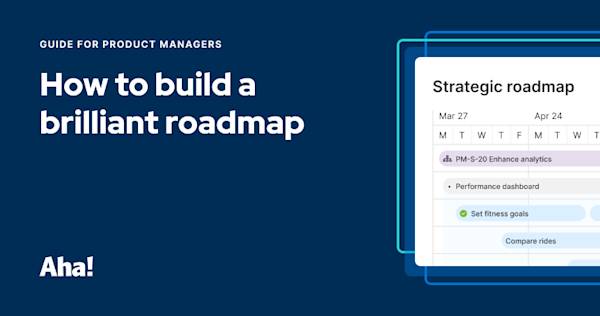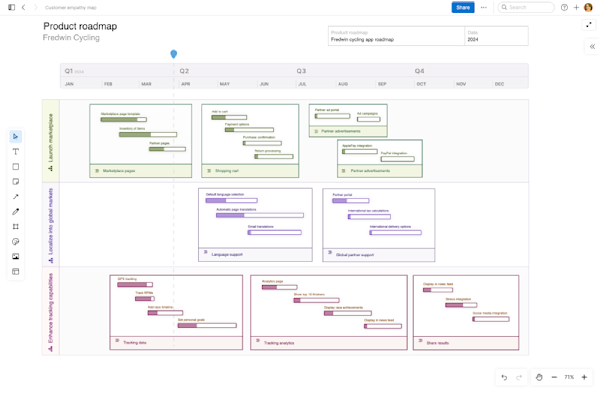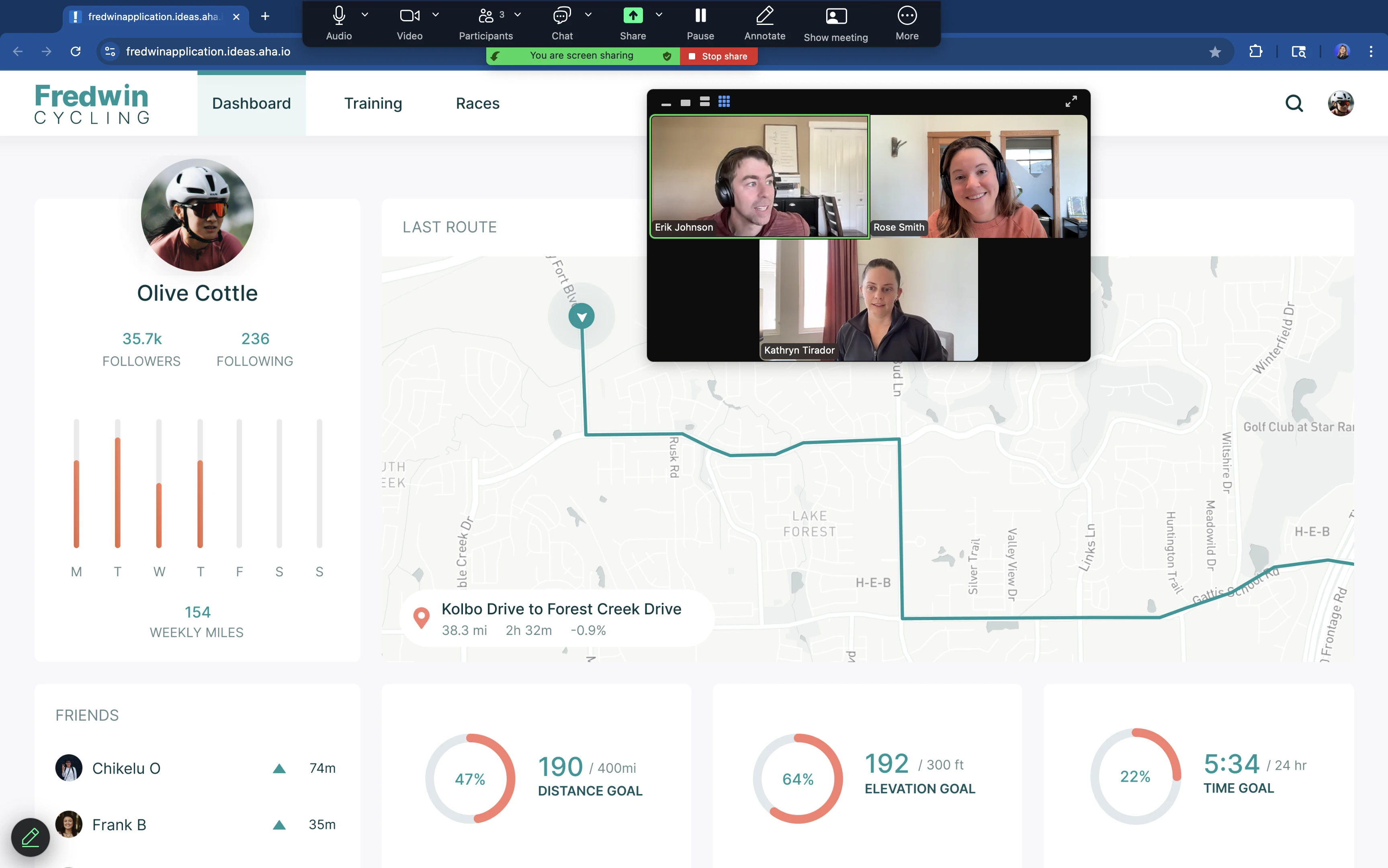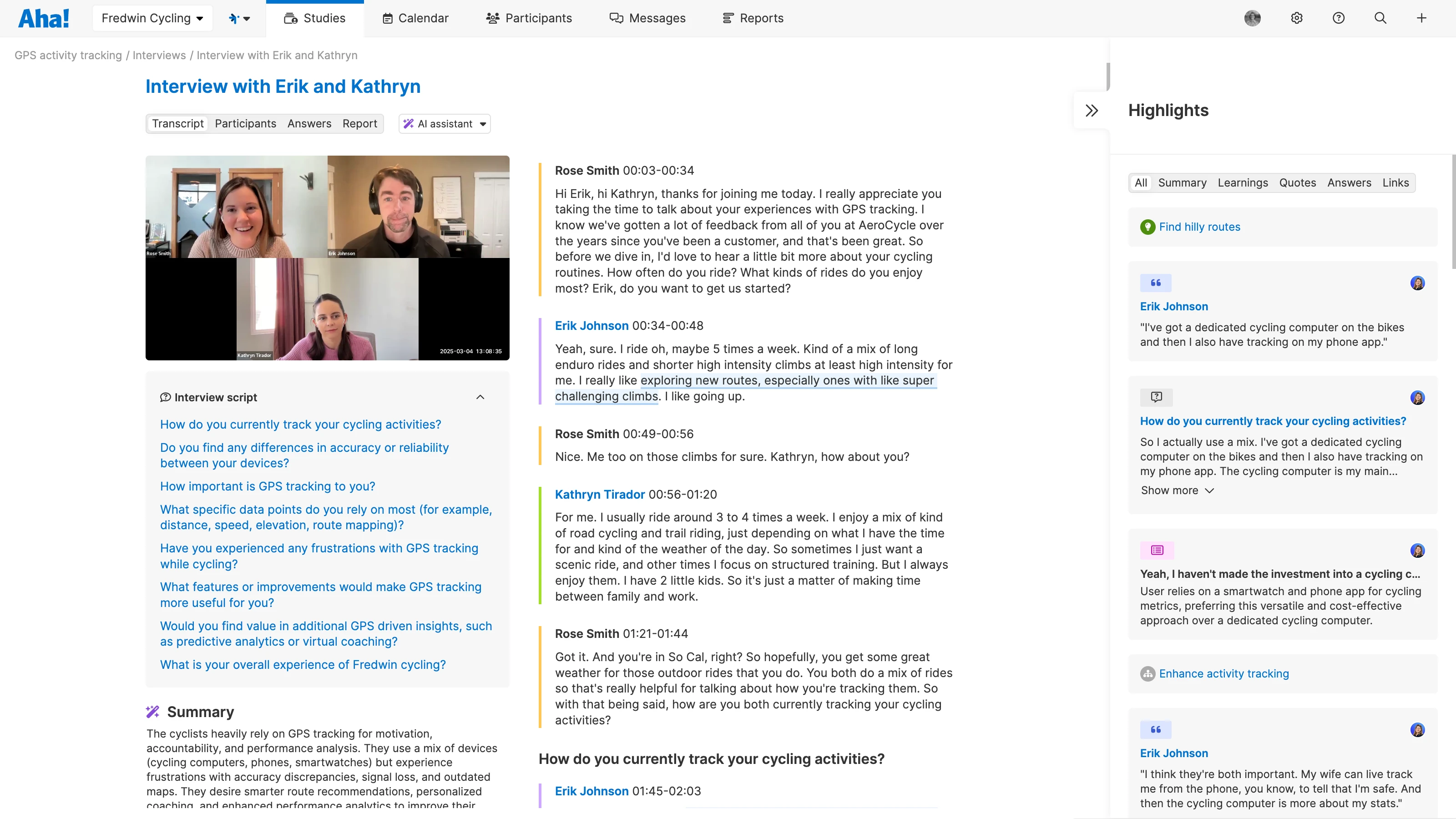Product managers observe a customer walk through their app usage during a user interview.
Related:
2. Slow down and truly listen
"Listening" does not just mean being quiet while the other person talks. It means staying fully present and processing what you hear instead of racing to the next question.
Try this:
Repeat back their responses in your own words: "So what I'm hearing is … "
Ask, "Did I get that right?" and let your users correct you.
Pause for three to five seconds between questions. This can help you make sense of what you heard and may prompt users to chime in with additional input.
Stay present. Do not scroll ahead on your script while customers are speaking.
3. Be ready to improvise
A customer interview script helps you stay focused. But it should not be treated as a checklist. Some of the most valuable learnings can emerge when you deviate from the plan — following the thread of an unexpected comment or emotional response.
Try this:
Look for emotional cues (like frustration, boredom, or enthusiasm) that indicate when customers may have more to share than what they are saying out loud.
When you hear or observe something surprising, follow up. Say: "Let's pause — I want to dig into that."
If the conversation gets too tangential, redirect with confidence: "Let's go back to what you said earlier … "
4. Guard against bias
Many product teams nudge users toward the answers they hope to hear, sometimes unintentionally. It is natural to have assumptions about what you think is best for your product.
But user interviews are not opportunities to confirm or sell ideas (and most customers will pick up on this if you try it). Rather, you have to make a conscious effort to present questions objectively and accept any challenges to what you believe.
Try this:
Stop presenting hypotheticals. Replace "would it be helpful if … " with asking how customers currently handle tasks.
Avoid correcting too quickly. If someone misunderstands a feature or idea, ask the user to describe what was confusing before you explain.
Keep your own opinion to yourself. When you get negative feedback or opinions you disagree with, follow up with curiosity — not a rebuttal.
5. Treat customers like collaborators
Trust leads to candor. People are more likely to open up when they feel respected. That means treating users like collaborators, not test subjects.
This goes beyond basic rapport — it is about showing customers that their input has value and will shape real product decisions. Openness from you can go a long way toward encouraging the same from them.
Try this:
Be transparent about what you are trying to learn. Express how their feedback will shape your product.
Show that you have done your homework. Reference your existing customer relationship or details about their organization or role.
Share gratitude. And be sure to close the feedback loop — when you implement their input, let users know. As a bonus, this builds goodwill for future conversations.
6. Check your setup
It is easy to get caught up in the conversation and overlook simple details that make interviews run smoothly. But operational hiccups — like fumbling with screen sharing or forgetting to hit record — can distract from the discussion and make it harder to extract insights later.
A few extra minutes of setup can help you focus on what really matters during the interview.
Try this:
Schedule a few minutes of buffer time before and after user interviews to prep and then digest what you learned.
Close any unnecessary apps or browser tabs. Test that any wireframes or prototypes load and work as expected.
Upload the interview transcript as soon as possible, and use tags and highlights to capture what stood out to you while the feedback is fresh.




